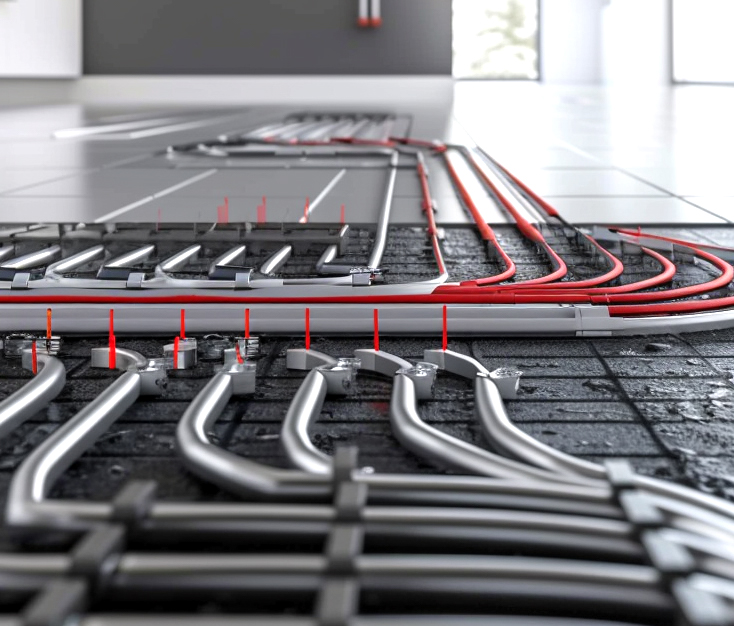As home and building systems evolve, integrated heating is gaining more attention for its space-saving and energy-efficient qualities. This shift is pushing new demand for smarter, more compact components—particularly the manifold cabinet. Once seen as a standard part of underfloor heating setups, this piece of equipment is now playing a larger role in modern heating system design.

Integrated heating systems combine multiple heating elements—such as underfloor heating, radiators, or even solar thermal input—into a single, coordinated setup. Instead of managing different systems separately, integrated heating allows everything to run through a unified control system. As this approach becomes more common in residential and light commercial projects, it naturally pilots to changes in how components are designed and installed.
In the past, a manifold cabinet was often tucked away and given little thought, typically designed just to house pipework in a hidden location. But with integrated heating growing in popularity, there’s a renewed focus on compact, well-structured cabinets that make access and maintenance easier. Smaller spaces, especially in apartment buildings or renovated homes, often call for a compact heating layout. The manifold cabinet must now adapt not only to the space but also to the more complex role it plays in regulating multiple heat sources.
One of the key trends driving this change is the push for discreet installations. Property owners and builders are looking for systems that don’t interfere with the look and feel of interior spaces. A compact manifold cabinet allows installers to fit the system neatly inside walls or service zones without taking up extra room. At the same time, the cabinet needs to provide easy access to valves, gauges, and flow meters for maintenance, which adds another layer of design challenge.
The increased use of smart technology in heating is also contributing to this shift. Integrated heating systems now often come with digital controls, sensors, and mobile app access. As a result, the components inside the manifold cabinet must work seamlessly with these digital tools. In some cases, cabinets are being pre-configured to include wiring and space for electronic modules, making installation more efficient.
Manufacturers and system designers are also responding to new building standards, which are encouraging the use of low-temperature heating systems. These systems work particularly well with underfloor heating, a setup that often depends on a manifold cabinet to distribute heat evenly across different zones. As integrated heating moves more into the mainstream, there’s greater demand for cabinets that are both flexible and easy to configure.
There’s also a noticeable shift toward multi-functional spaces in buildings, where rooms can be used in different ways throughout the day. That flexibility extends to the heating system, which must be able to adjust quickly to different comfort needs. The manifold cabinet becomes a critical control point for balancing temperature across rooms, helping the integrated heating system perform effectively without unnecessary energy use.
The growing popularity of integrated heating is influencing how professionals select and install heating components. The manifold cabinet, once a behind-the-scenes item, is now seen as a key piece of the puzzle. With the demand for compact, smart, and accessible designs on the rise, it’s clear that the role of the manifold cabinet will only continue to evolve.

 Language
Language













 Qigang Road, Huanghuaguitou Industrial Zone, Liu Shi Town, Yueqing City, Wenzhou City, Zhejiang Province
Qigang Road, Huanghuaguitou Industrial Zone, Liu Shi Town, Yueqing City, Wenzhou City, Zhejiang Province 



